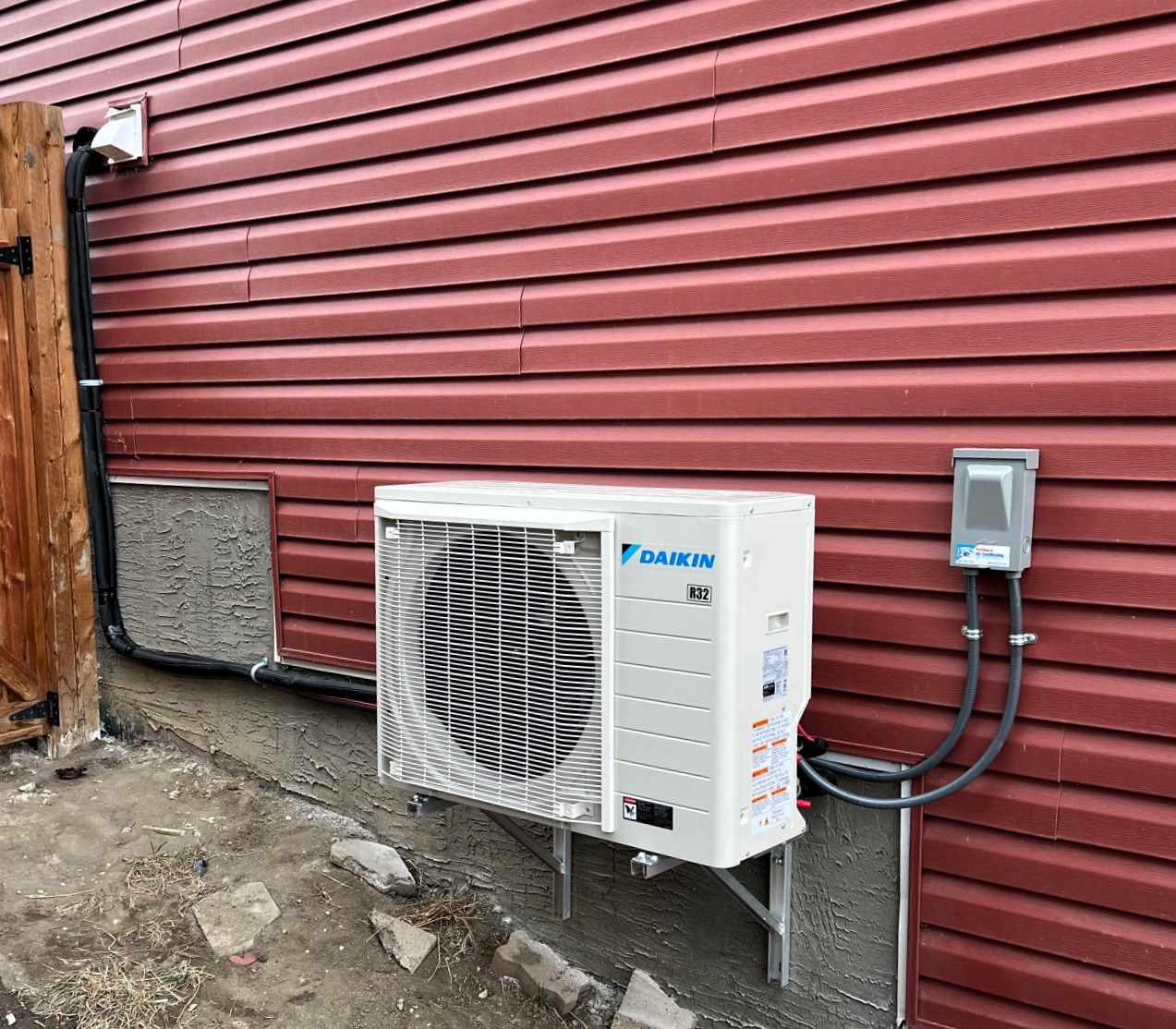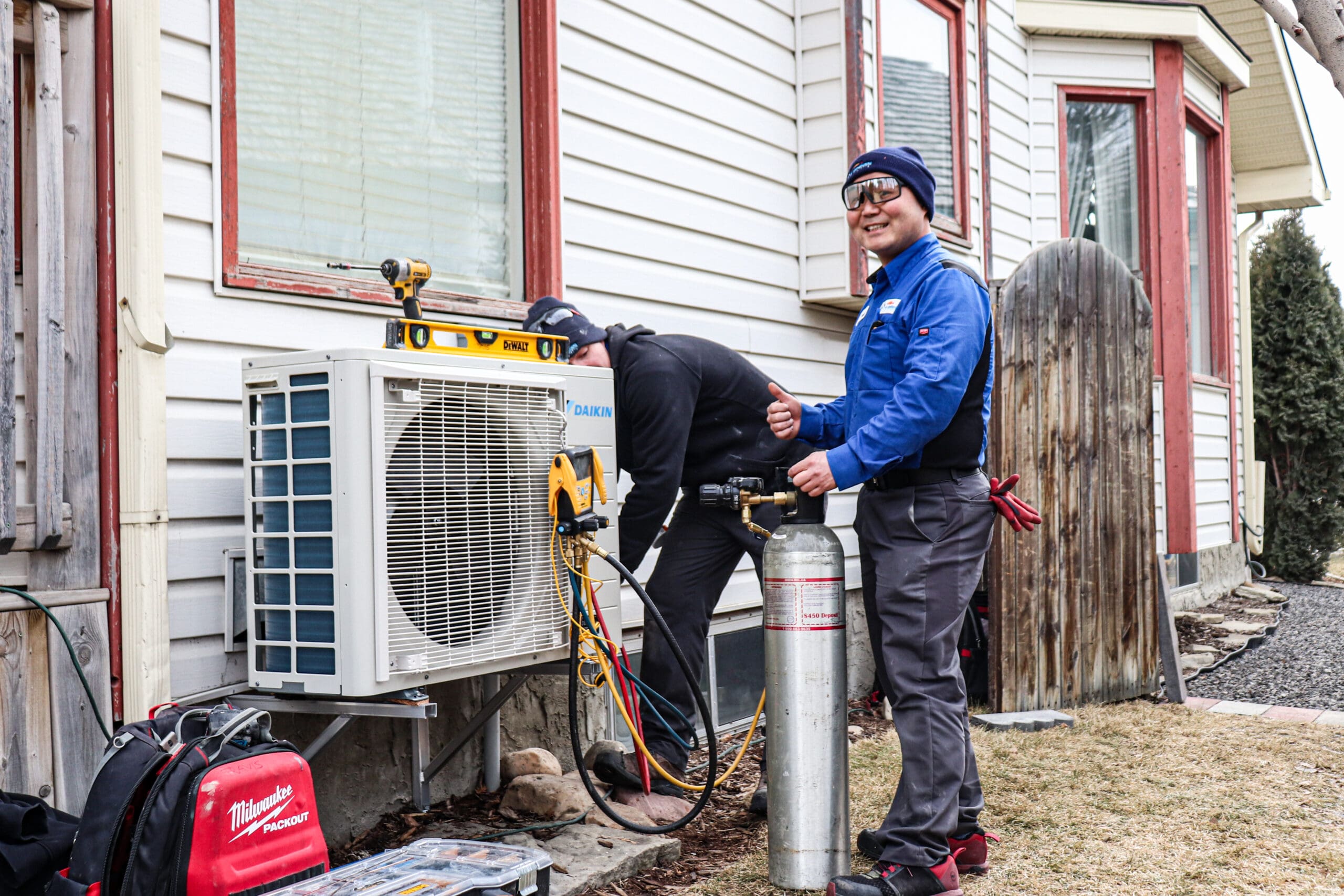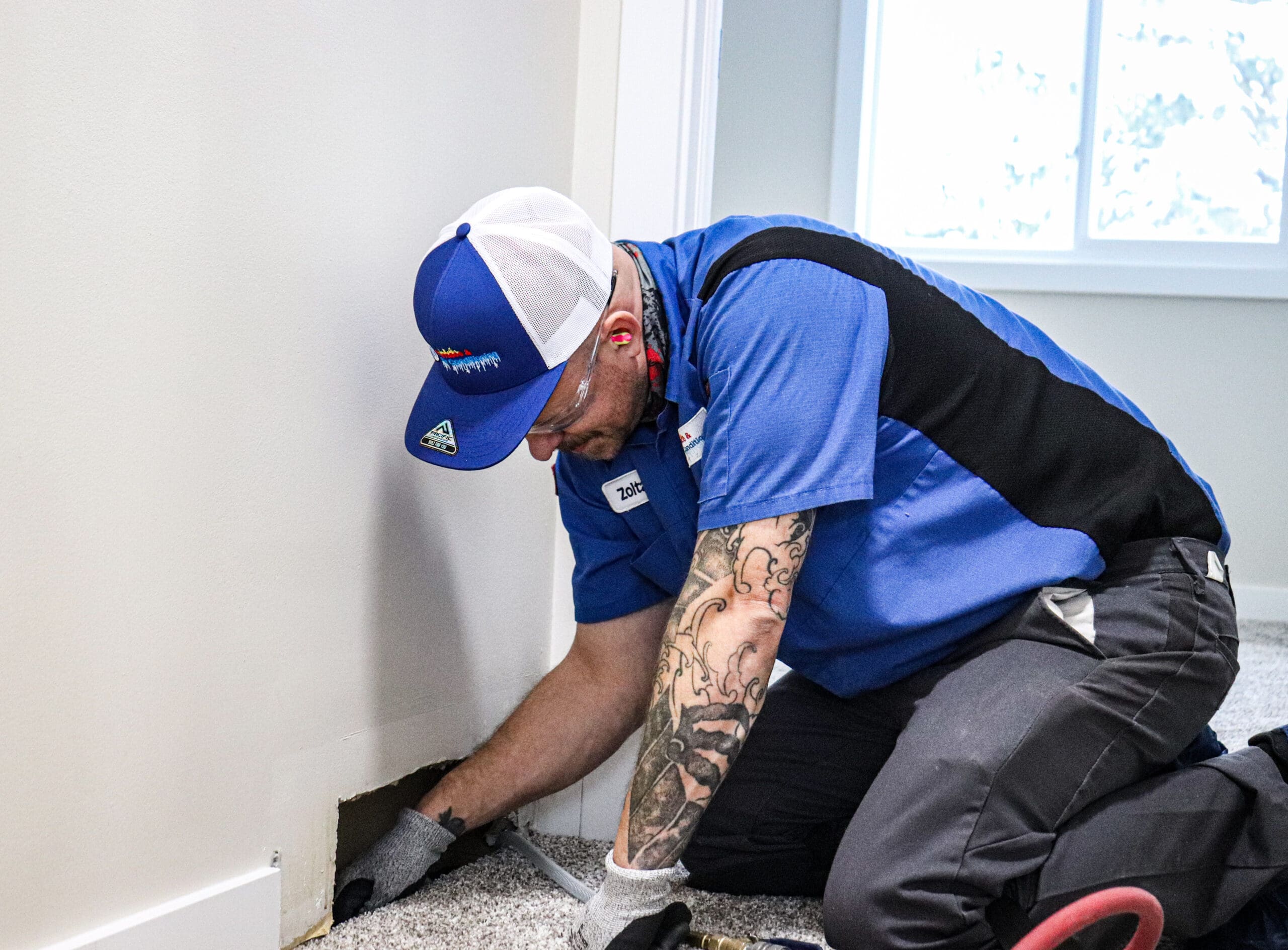When the summer heat starts bearing down on Calgary, Airdrie, Cochrane, Chestermere, and other nearby…

What Should You Avoid While Planning Your AC Installation?
What Should You Avoid While Planning Your AC Installation?
Are you considering installing a new air conditioning system in your home? Smart move! But before you dive into this significant home improvement project, there are several pitfalls you’ll want to sidestep. As experts, we’ve seen homeowners make the same mistakes time and again when planning their ac installations and we’re here to help you avoid them!
Overlooking Proper Sizing
One of the biggest mistakes homeowners make is choosing an AC unit that’s either too large or too small for their space. It’s not just about square footage, numerous factors determine the right size for your home.
An oversized unit will cycle on and off frequently, wasting energy and causing temperature fluctuations throughout your home. Meanwhile, an undersized unit will run constantly, struggling to cool your space while racking up your electricity bill.
How do I know if my AC unit is the right size for my home?
The answer lies in a professional load calculation. We take into account your home’s:
- Square footage
- Ceiling height
- Insulation quality
- Window placement and types
- Local climate conditions
This detailed analysis ensures you get exactly what you need nothing more, nothing less.
Ignoring Your Home’s Electrical System
Before bringing home that shiny new AC unit, take a good look at your electrical system. Many older Calgary homes weren’t built with central air conditioning in mind, which means they might not have the electrical capacity to handle a new system.
Standard air conditioners require a dedicated circuit with the right amperage. Installing an AC unit without checking your electrical panel first could lead to tripped breakers, electrical hazards, or even damage to your new system.
What should I check regarding my home’s electrical system?
Here’s a simple breakdown of what you’ll need to verify:
| Component | Requirement |
| Circuit breaker | Typically 15-20 amp dedicated circuit |
| Voltage | 220-240V for most central AC units |
| Wiring | Appropriate gauge for the unit’s amperage |
| Panel capacity | Sufficient spare capacity for the new circuit |
When in doubt, always consult with a licensed electrician or HVAC professional to assess your home’s electrical readiness.
Attempting DIY Installation
We get it, DIY projects can save money and provide a sense of accomplishment. But when it comes to AC installation, the DIY approach often leads to headaches, poor performance, and even safety issues.
While it is technically possible to install your AC yourself, we strongly advise against it as a professional AC installation requires:
- Specialized tools and equipment
- Knowledge of refrigerant handling (which requires certification)
- Understanding of electrical systems
- Expertise in ductwork and airflow
- Familiarity with local building codes and permits
A professional installation ensures your warranty remains valid and your system operates at peak efficiency from day one. Trust us, the long-term savings from a properly installed system far outweigh any upfront DIY cost savings.
Choosing the Wrong Thermostat
Your thermostat is the brain of your cooling system, and selecting the wrong one can significantly impact your comfort and energy bills.
Programmable thermostats allow you to set different temperatures for different times of the day, which can lead to significant energy savings. For instance, you can program your AC to run less while you’re at work and cool down just before you return home.
Smart thermostats take this convenience even further, allowing you to control your home’s temperature remotely and even learning your preferences over time. In Calgary’s variable climate, this adaptability is particularly valuable.
Forgetting About Ductwork
Existing ductwork might seem ready for your new AC system, but that’s not always the case. Leaky, undersized, or poorly designed ducts can reduce your system’s efficiency by up to 30%.
Before installation, have a professional inspect your ductwork for:
- Leaks and gaps
- Proper insulation
- Appropriate sizing
- Balanced airflow design
Addressing these issues before installing your new AC unit will ensure you get the most from your investment and avoid uncomfortable hot spots throughout your home.
Conclusion
Planning your AC installation properly is crucial for ensuring comfort, efficiency, and longevity of your system. By avoiding these common mistakes, you’ll save money, prevent headaches, and enjoy reliable cooling for years to come.
At JPS Furnace & Air Conditioning, we’ve helped countless Calgary homeowners navigate the AC installation process with ease. Our experienced technicians can help you select the right unit, prepare your home properly, and install your system to the highest standards.
Ready to get started with your AC installation? Contact JPS Furnace for a free consultation, and let us help you keep cool all summer long!



